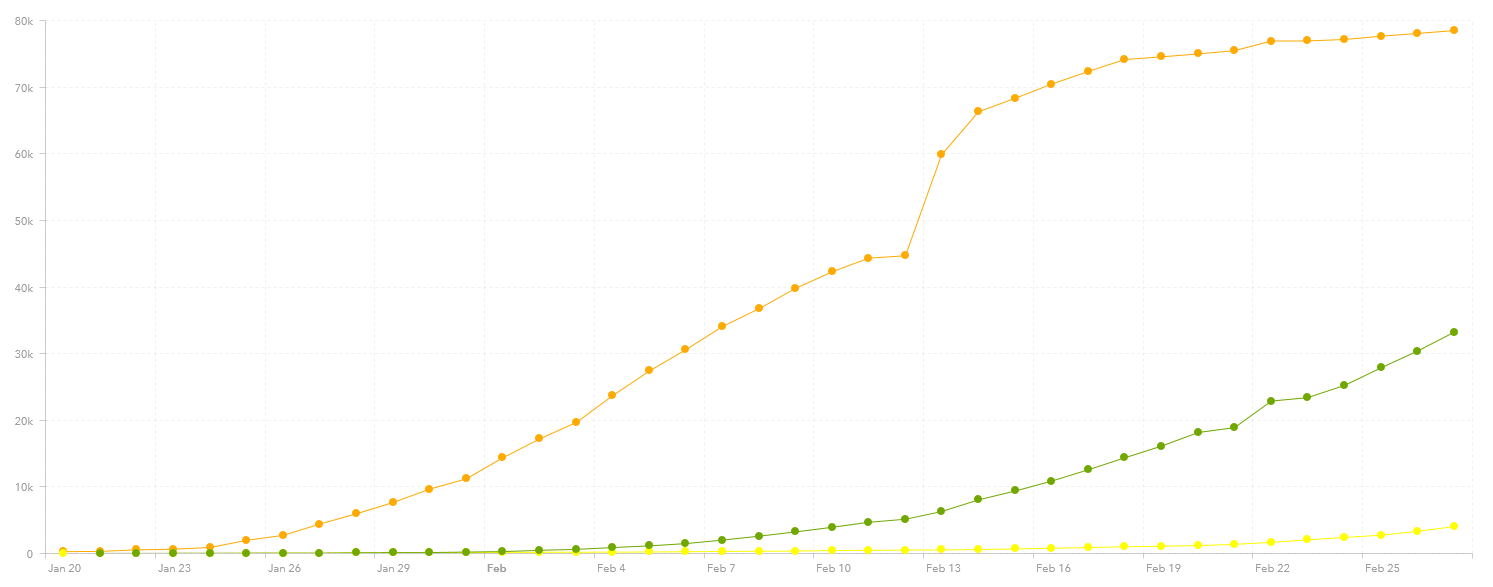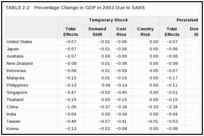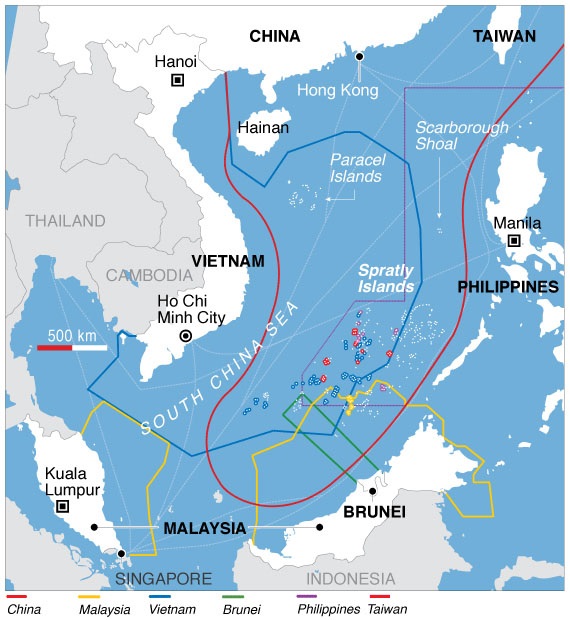
In my morbid fascination with casualty rates it is hard for me not look at the statistics on the coronavirus and not calculate morbidity rates. Here are the stats:
Country…………………….Cases……..Deaths………Rate
World Wide…………………82,548…….2,810……………3.41%
China………………………..78,497…….2,744……………3.50%
S. Korea……………………..1,766…………13……………0.74%
Italy……………………………..528…………14…………..2.65%
Iran……………………………..245…………26…………10.61%
Japan…………………………..189…………..3……………1.59%
Singapore………………………93
Hong Kong……………………..92……………2……………2.17
United States…………………..60
Kuwait…………………………..43
Thailand………………………..40
Bahrain…………………………33
Taiwan………………………….32……………1…………….3.13
Germany……………………….26
Australia………………………..23
Malaysia……………………….22
France………………………….18……………2…………….11.11
Vietnam………………………..16
Philippines………………………3……………1…………….33.33
Cruise ships…………………705……………4………………0.57
Other countries……………..117
Data is from Johns Hopkins CSSE as of 9:03.03 this morning. It is here: Johns Hopkins CSSE
Now, it is suspected that the number of cases are underreported. There are people that get sick and recover that are never reported. Don’t know how many this is. Suspect that the population of unreported cases exceeds the population of reported cases. Have no data to support that suspicion.
A few takeaways are:
- Mortality rate worldwide is around 3.49%
- If the number of unreported cases is equal to the number of reported cases, then the real mortality rate is half that.
- Mortality rate is China is 3.50%
- Mortality rate in South Korea is 0.74%.
- This is a significant difference
- It may be a result of better health care
- It may be a result of early detection and quick treatment
- It may be a result of better statistical collection on number of cases.
- Is probably a combination of all three.
- The point it, it is less than 1% with a significant number of cases. So this is the standard that is achievable.
- Mortality rate of Italy is 2.65%
- Italian health care is good…so…
- Does this mean that there are still a lot of unreported cases out there?
- So Italy may have over a 1,000 cases?
- Mortality rate of Iran is 10.61%
- Now the Iranian health care system may not be as good as S.Korea and Italy…but….
- This strongly indicates that there is a large number of unreported cases.
- Maybe also over a 1,000 cases?
- Just for reference the mortality rate of the flu is something like 0.1%.
While S. Korea and Italy are tragic and concerning, what really scares me is the uncontrolled outbreak in Iran. If there are over a thousand cases and it is not locked down and controlled, then it can spread, both in Iran and out of Iran. Iran’s neighbor to the west in Iraq (which reports 6 cases). Iraq is a country that is not always in good order. To their west is Syria, which is in civil war. What happens if the coronavirus arrives in a country in civil war. What containment is there? What government run health care is there?
To the east of Iran is Afghanistan (which reports 1 case) and Pakistan (which reports 2 cases). What happens if it spreads there? Afghanistan is in civil war as are parts of Pakistan. Are the Taliban really going to implement thorough and complete containment and provide proper healthcare?
So while the virus may be able to be contained in places like S. Korea and Italy, is it going to be contained in places like Iran, Iran, Syria, Afghanistan and Pakistan? Will this then become a permanent source of further transmission of the virus to the rest of the world, generating periodic outbreaks elsewhere and forcing systematic containment efforts for years to come?







